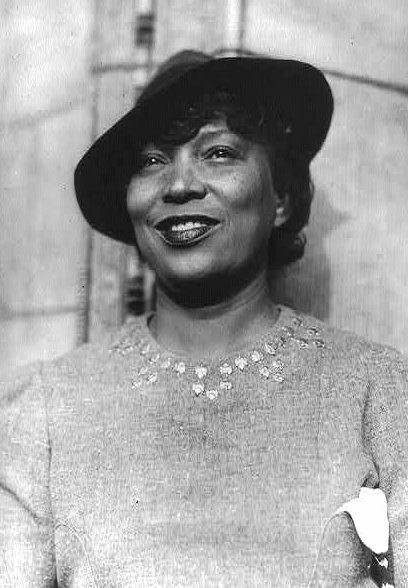.jpg/220px-Their_Eyes_Were_Watching_God_(DVD_cover).jpg) The book Their Eyes Were Watching God by Zora Neale Hurston is now considered a classic story by most, but when it was written, the book was heavily criticized by other black writers of the Harlem Renaissance. These writers criticized her on the basis of her portrayal of African-American men and women, saying that it reinforced the stereotype that they had been labeled with by the whites and that the book portrayed African-American life as too idyllic. However, most white authors praised her story and writing style.
The book Their Eyes Were Watching God by Zora Neale Hurston is now considered a classic story by most, but when it was written, the book was heavily criticized by other black writers of the Harlem Renaissance. These writers criticized her on the basis of her portrayal of African-American men and women, saying that it reinforced the stereotype that they had been labeled with by the whites and that the book portrayed African-American life as too idyllic. However, most white authors praised her story and writing style.One of the most famous critics of Hurston and her book was Richard Wright. About Their Eyes Were Watching God, Wright says, "Miss Hurston voluntarily continues in her novel the tradition that was forced upon the Negro." He also spoke about how Hurston wrote about negro life in a way that was meant to appeal to the white audience, who could read the story with a "piteous smile on the lips of the 'superior' race." Another critic was found in black author Alain Locke. He wrote a criticism almost as negative about the book as Wrights. Though Locke highly praises Hurston's writing ability, he too says that Their Eyes is guilty of, "...oversimplification!"
In my opinion, Their Eyes Were Watching God does not deserve this harsh criticism. Even though I am not even halfway through the book, Zora Neale Hurston has developed her characters very well already and I almost feel like I know Janie. The portrayal of her life is very realistic and added to by the fact that it is written with the southern dialect. For the most part, I also do not agree with the claims that her life is portrayed too idyllically. Janie's story is told with the harsh realities of her husbands' abuse--physical and verbal--and the struggle for the black people of Eatonville to build their own town. However, I do agree that the book can be oversimplified at some points and very confusing at others. Overall, I think that this story deserves the praise that it is recieving now, not the harsh criticisms that it gained while Hurston was still living.
Sources:
Alain Locke Review : Opportunity, 1 June 1938.
Richard Wright Review : New Masses, 5 October 1937: 22-23



